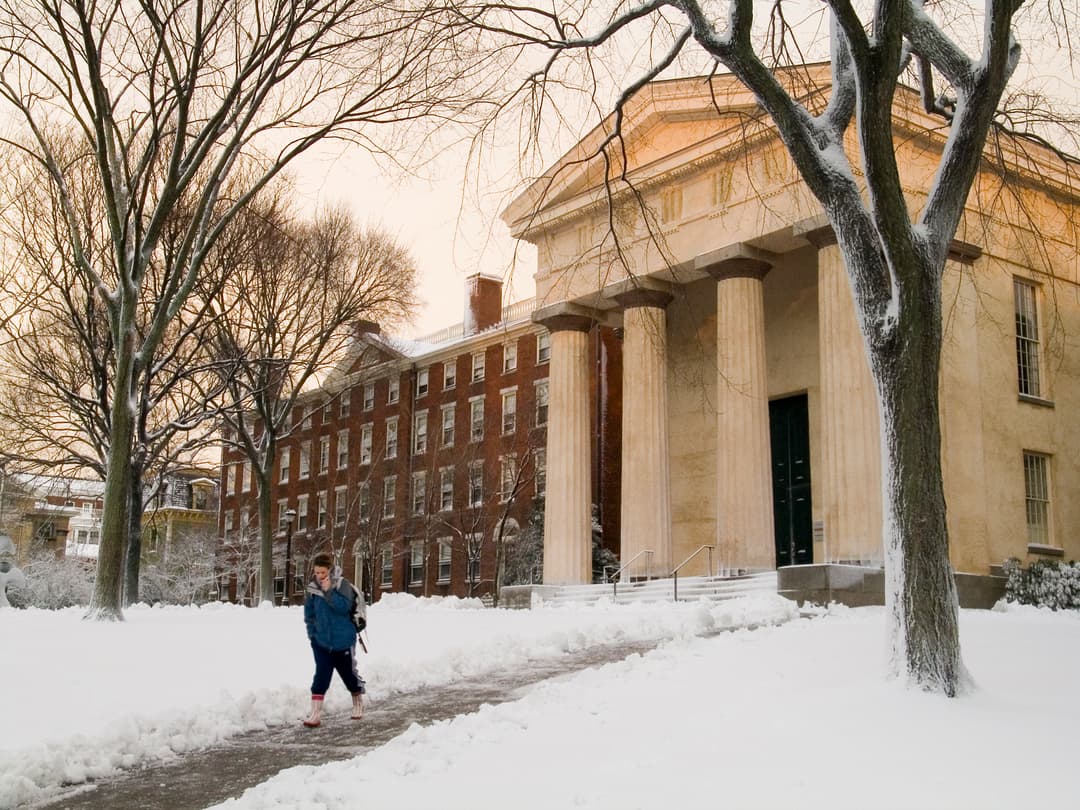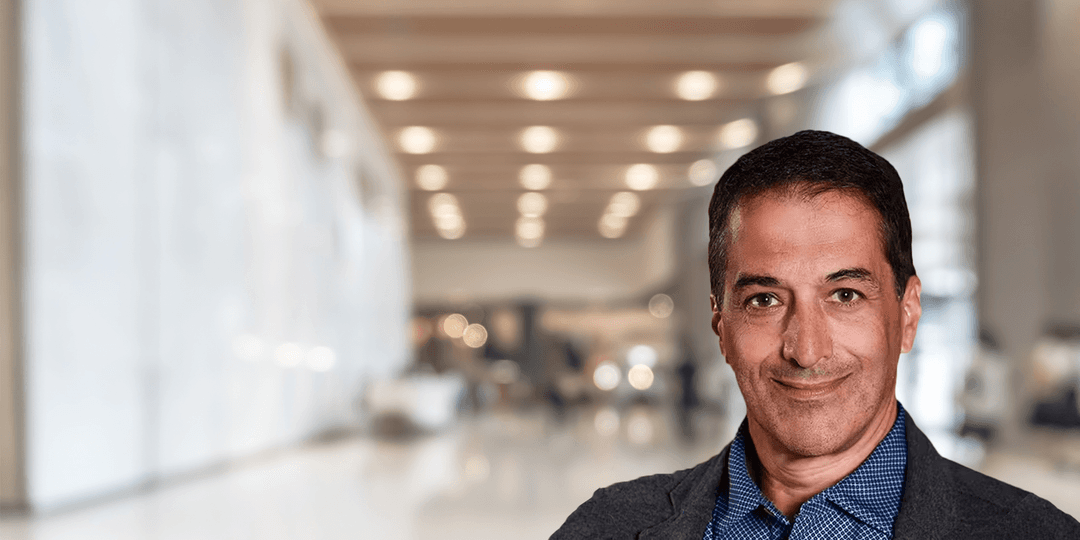.jpg&w=3840&q=75)
Personalized Learning in Higher Ed May Be the Norm Going Forward
Given today’s familiarity with Netflix, Amazon, and other ecommerce platforms that promise personalized experiences, college students expect a certain amount of personalization in their learning journeys. Because they select which institutions they attend (pending acceptance) as well as their areas of study, why shouldn’t students expect their courses to be tailored to their specific needs and objectives?
Higher education institutions are trying to keep up with rapidly changing student expectations. The challenge is that today’s college students are diverse and not everyone shares the same goals and wants. According to the Gates Foundation, 45 percent of college students today are 22 years old or older. Meanwhile, 52 percent of students have either full-time or part-time jobs while they get their education; approximately 38 percent are only enrolled as part-time students.
Separately, these figures may solely indicate changes in demographics, but together they suggest a bigger picture: Significant portions of the student body have lives outside of the classroom and either do not have the time to attend college full time or have specific objectives that only require part-time attendance. These outcomes, among others, have contributed to the growing sense that higher education institutions should offer personalized learning pathways.
Why Personalized Learning Pathways?
The conventional learning journey generally consists of a “one-size-fits-all” approach, which means that faculty delivers standardized course materials and training to all students through the same means, assignments, and evaluations. Conversely, personalized learning refers to the method of delivering a variety of learning programs and experiences that address specific student needs and interests.
There are many different methods to deliver personalized learning experiences, including adaptive learning and competency-based education (CBE) programs. Adaptive learning strategies use technologies to orchestrate interactions with learners and deliver customized resources to establish more personalized experiences. CBE programs allow students the opportunity to progress through academic courses at their own pace by demonstrating their mastery of a subject, thereby enabling more flexibility and transitioning away from traditional “seat time” measurements.
Personalized learning programs often support more flexible experiences and encourage more student engagement because the content is relevant to specific student requirements. Meanwhile, faculty and staff can better identify intervention tactics, as they can see if a student is struggling with a certain area of study. Overall, personalized journeys often lead to better long-term outcomes because students can achieve their academic and educational goals more efficiently.
How to Implement Personalized Learning Pathways
Personalized learning journeys are widely considered to be the future of higher education, especially as technology evolves and offers even more opportunities for customization. Adaptive learning, immersive learning, and CBE programs will likely gain traction in higher education going forward, especially in a post-COVID-19 world in which institutions are more familiar with the ins and outs of online learning programs.
While there is no single approach to implementing a personalized learning program, there are a few steps that institutions can take to give themselves an advantage going forward.
- Develop and build pre-tests for learners, which allow faculty to learn how much a student knows about a topic. If an individual scores high on the pre-test, he or she can score out of that unit and move on.
- Identify opportunities for intervention in case students struggle to progress with content. Faculty should also establish paths for remediation to get students back on track to completion.
- Formulate acceleration methods, especially in competency-based education programs, that allow students to fast-track through courses if they have demonstrated their mastery of a subject.
- Prepare to recalibrate and adjust programs for different learning objectives.
To learn more about personalized learning and how to charter unique pathways for students, check out our on-demand webinar, Personalized Pathways to Mastery Online.




